6 Pool Care Tips for Winter Snow and Ice
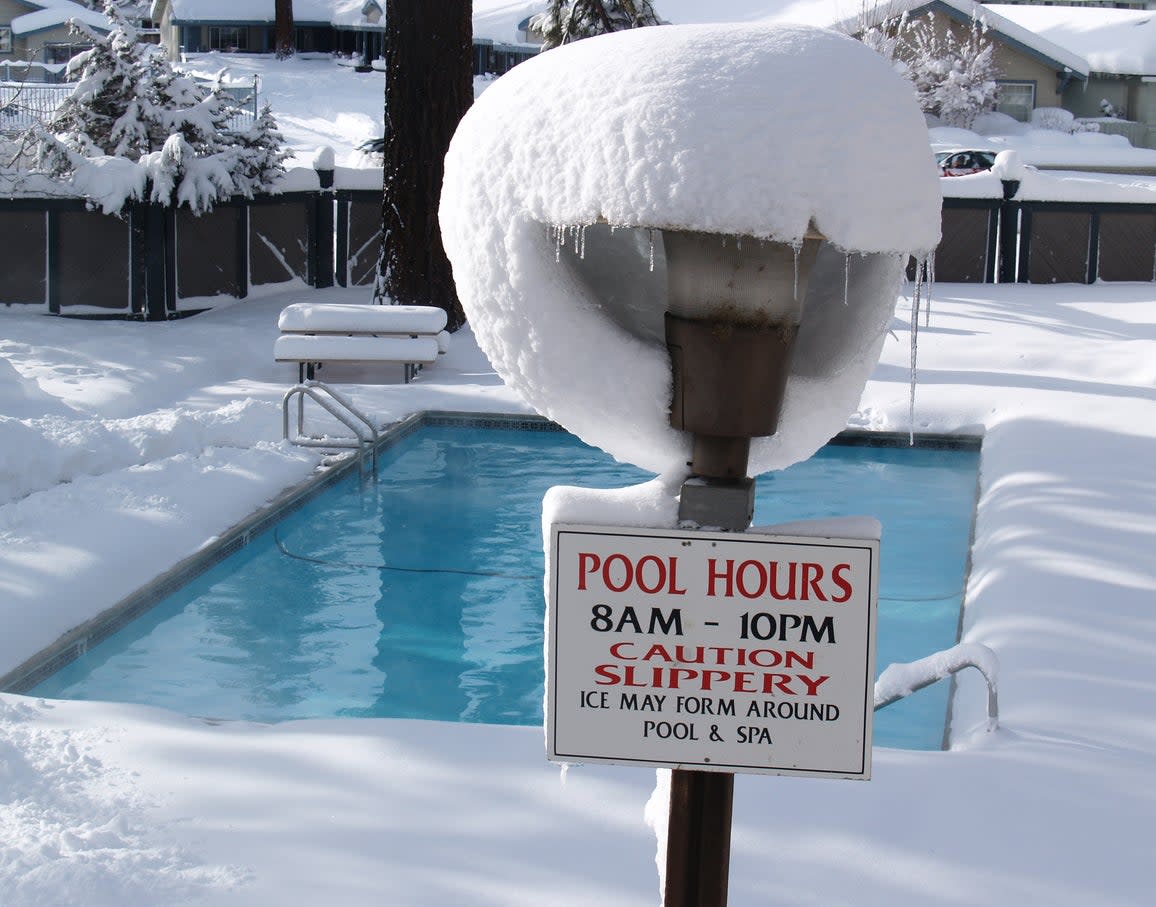
Chances are, you’re not looking to take a dip in your backyard pool when it is cold, snowy, and icy outside. However, just because you don’t want to get in the water, it doesn’t mean your pool maintenance duties are over until next summer. In fact, there are several things you’ll need to do throughout the winter to ensure your pool is ready to use once the weather becomes warmer.
Without proper winter maintenance, the pump, skimmers, and other equipment can become damaged, necessitating costly repairs and wasted time when you’re ready to swim again. Bacteria and algae can build up in the water of an unmaintained pool, making the job of getting the water clean and safe to swim in all the more difficult for the season. Use the tips below to help you properly maintain your home swimming pool and ensure that the start of the next swim season goes off without a hitch.
RELATED: Everything You Need to Close Your Pool for the Season
1. Get a temperature alarm.
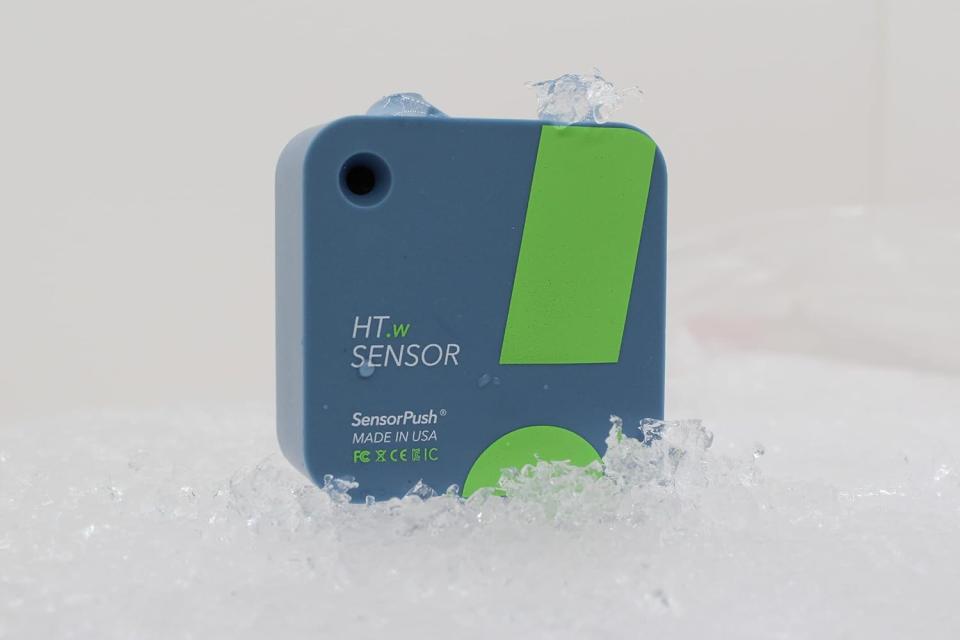
Photo: amazon.com
Depending on where you live, the temperatures may stay warm enough for most of the year that you don’t need to winterize your pool. However, if the temperature has the potential to drop below freezing, you’ll want to make sure that you’re prepared. Water can’t freeze if it is moving through the pipes in the pump system, so leaving it running anytime the weather gets really cold can prevent a disaster.
A temperature alarm—like the SensorPush Wireless Thermometer at Amazon—can help you track outdoor temperatures. Connect it with your phone and set it to notify you any time the temperature outside drops to 37 degrees Fahrenheit. Then, you can make sure the pump is on and circulating to prevent water from freezing.
RELATED: The Do's and Don'ts of Swimming Pool Maintenance
2. Remove snow from the pool cover.
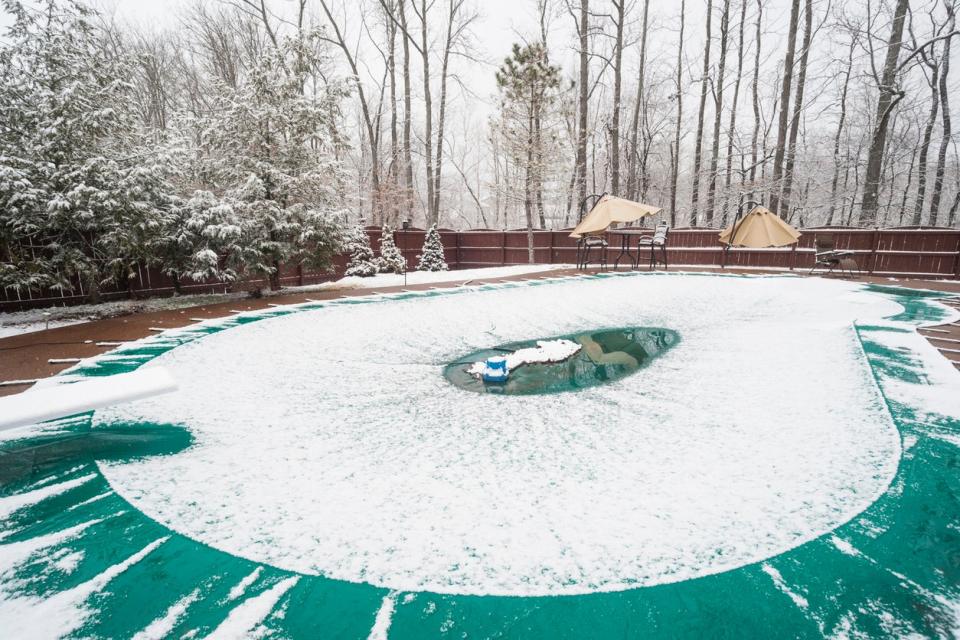
Photo: istockphoto.com
Any time it snows, you’ll want to clear off your pool cover as quickly as possible. A snow-filled cover can spell trouble for both above-ground and in-ground pools. For in-ground pools, the weight of the snow will push down the cover. If it gets too heavy and presses the cover down too much, it could stretch out. Once stretched, it won’t be able to adequately protect your pool.
With above-ground pools, the risks are even more serious. The weight of the snow pushing down on the cover won’t only damage it, but it can actually pull the walls of the pool in. As you can imagine, this can threaten the structural integrity of the pool and damage the railing around the edge.
Beyond keeping the cover clear of snow, you should also clear it of leaves and other debris that fall during the off-season. Keeping melted snow, stagnant water, and other debris off of the cover is important. Anything that accumulates over the cover will flow into the pool water when the cover is removed, contaminating the water.
RELATED: The Best Above-Ground Pools - Picks by Bob Vila
3. Do not break up ice on the pool cover.
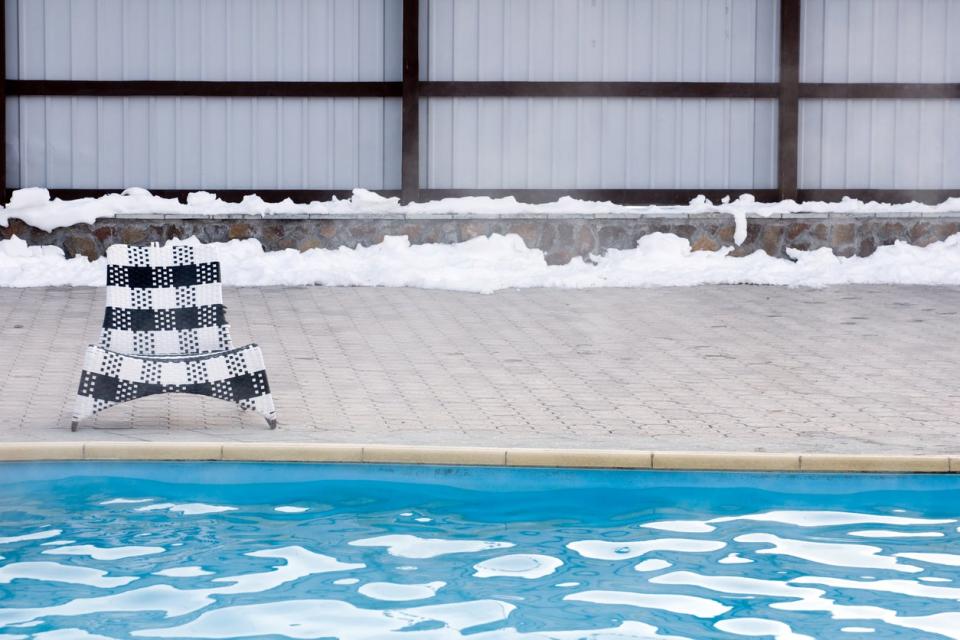
Photo: istockphoto.com
While you should remove snow that is accumulating on the pool cover, you don’t want to remove ice. Trying to break up ice to clear it off of the cover may cause you to inadvertently damage the tarp. Shards of ice are sharp, and may pierce through the covering. Being proactive and clearing snow before it melts can help prevent ice from forming over the cover, as ice could also weigh it down and cause damage.
RELATED: How Much Does an Automatic Pool Cover Cost?
4. Clear snow from pool equipment.
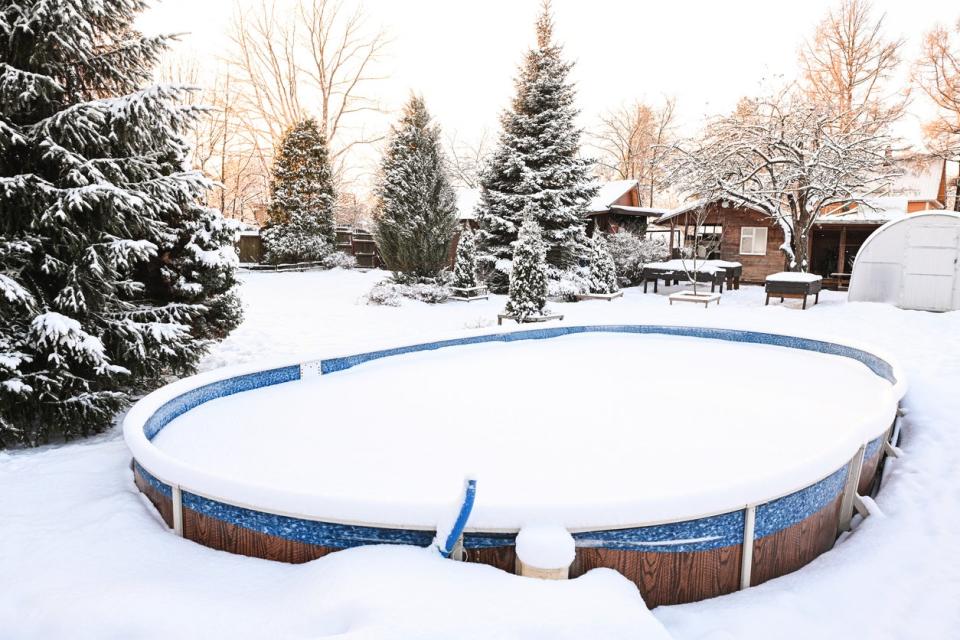
Photo: istockphoto.com
Just as you shouldn’t let snow accumulate over the pool cover, you also shouldn’t let it accumulate over any outdoor pool equipment. Snow is heavy, and if too much builds up, it has the potential to damage the equipment.
Additionally, warming temperatures and sunlight will cause the snow to melt. But, if temperatures dip back down, the melting snow will refreeze once again. The frozen, expanding water could damage equipment or place unnecessary strain on the various outdoor components. Take just a few minutes to clear these items off after a snowstorm (or head out a few times during a heavy snowstorm to keep them clear).
RELATED: Solved! What to Do About Cloudy Pool Water
5. Keep the water balanced.
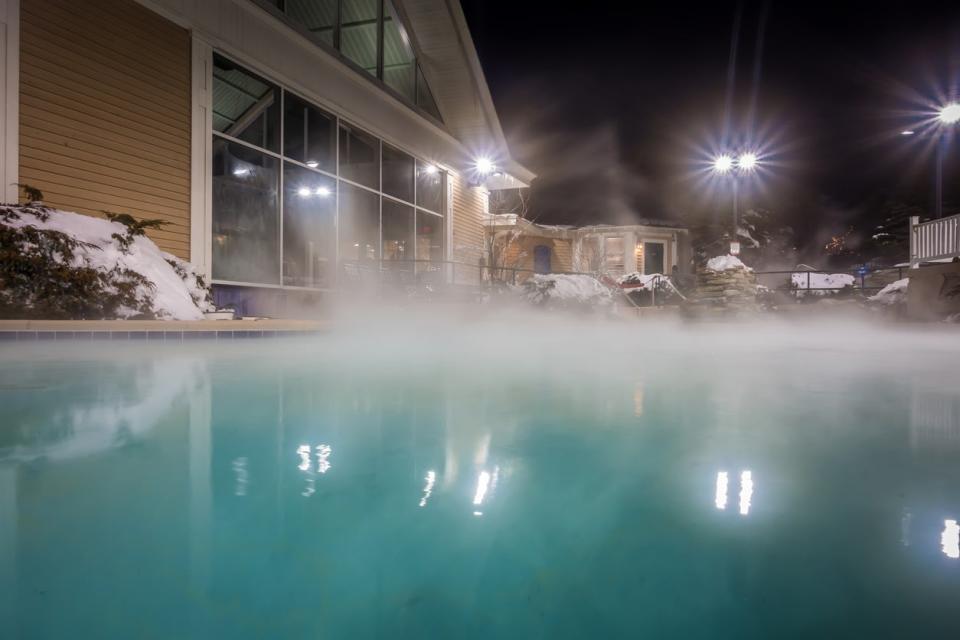
Photo: istockphoto.com
Balancing the chemicals isn’t something you only need to worry about during the summer. Keeping the pH, cyanuric acid, alkalinity, and calcium hardness in standard ranges is essential during the winter to protect the pool liner and equipment. You’ll also have a lot less to worry about once you’re ready to open the pool for summer if you stay on top of this task during the colder months. Aim to monitor these levels at least once a week, including during and after snow or ice storms, and add chemicals as needed to bring the readings to where they need to be.
RELATED: How Much Does Pool Maintenance Cost?
6. Protect the pump and pool in the event of a power outage.
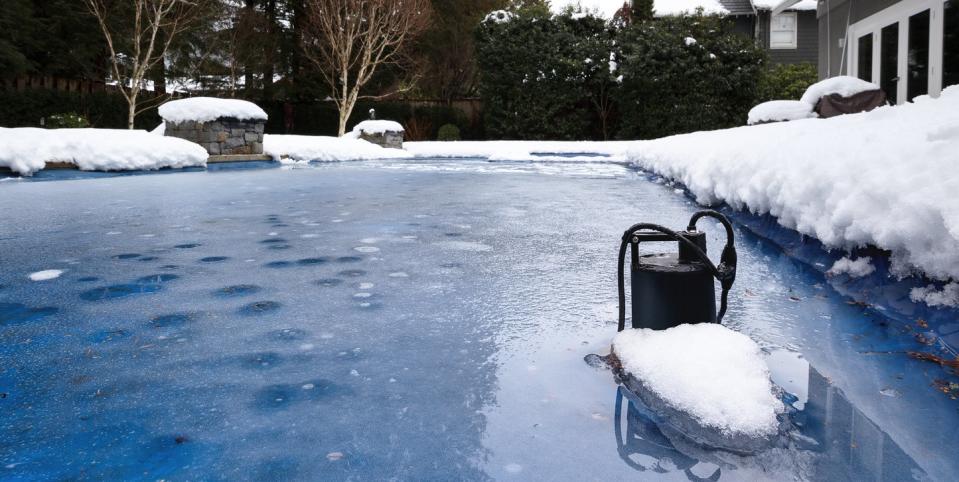
Photo: istockphoto.com
If a winter storm knocks out the power to your home, then the pool pump will not be able to continue circulating water through the system. If the power is out for a prolonged period of time, and you haven’t winterized your system, the water in the pipes may freeze. To minimize the chances of frozen water in the pipes, you’ll want to remove the water from the pipes. Turn off the power breaker to the pump to make sure it doesn’t start back up while drained of water. Then, remove the screws for the drain plugs for the heater and pump and make sure that all of the pool line valves and the filter air bleeder are open.
Once the power to your home is back on, you can screw the drain plugs back in and prime the pump again to get water back into the pipes. Then, you should be able to get the pump back on to get water circulating through the system again.
